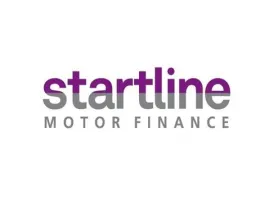


Thinking about a new car? The next step is deciding how you want to fund your next motor. If buying the car outright isn't an option, car finance could work for you! Here at Swansway we want to make the car financing journey as quick and easy as possible. We will guide you through the car finance journey, helping you understand what each finance product is, picking the right finance for you and assisting you if you have bad credit.
There are different types of car finance that give you the option to borrow the money you need to buy your next new or used car, or lease it before having the choice to buy it outright.
Don’t worry if you’re undecided on what your best option is, we here to help you! There’s lots of information to help you decide which car finance is right for you, thanks to our helpful guides below.
We are fully SAF Approved, which means all our customer facing staff have passed the SAF Expert test, ensuring we are offering finance in a transparent and fair manner.
Find your next new or used car

We have carefully selected finance lenders to partner with to provide you with car finance; One of which is Black Horse who are one of the UK's leading providers of car finance.
Here are a few other lenders we work with: Volkswagen Financial Services, ALD, Northridge, Startline Motor Finance, and Motonovo



